

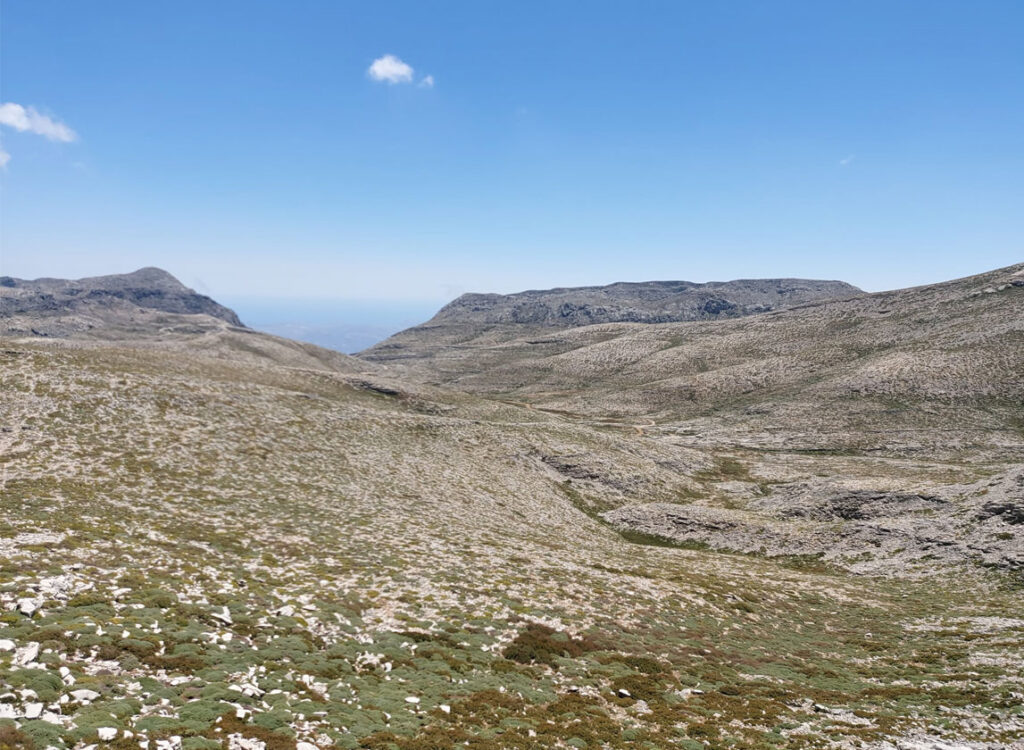
Mount Ida, with the Psiloritis peak at 2456 m, is the highest mountain in Crete. According to the legend, Greek god Zeus was born in a cave on Mount Dikti and grew up on Mount Ida. Before giving birth, Zeus’ mother Rhea ran away from her husband and Zeus’ father Chron to the island of Crete. The supreme Greek god Chron ate his children immediately after birth, because he was prophesied that his son would dethrone him. Reja secretly gave birth in Diktina Cave. She took little Zeus to Ida and gave him to the nymphs Adrasteia and Ida (after whom the mountain got its name) to be raised.

Zeus hid from his father Chron for a long time in the cave of Ida. He was guarded by nymphs and demon curetes, who made great noise with the clatter of weapons, making sure that Chron did not hear Zeus’ cry.
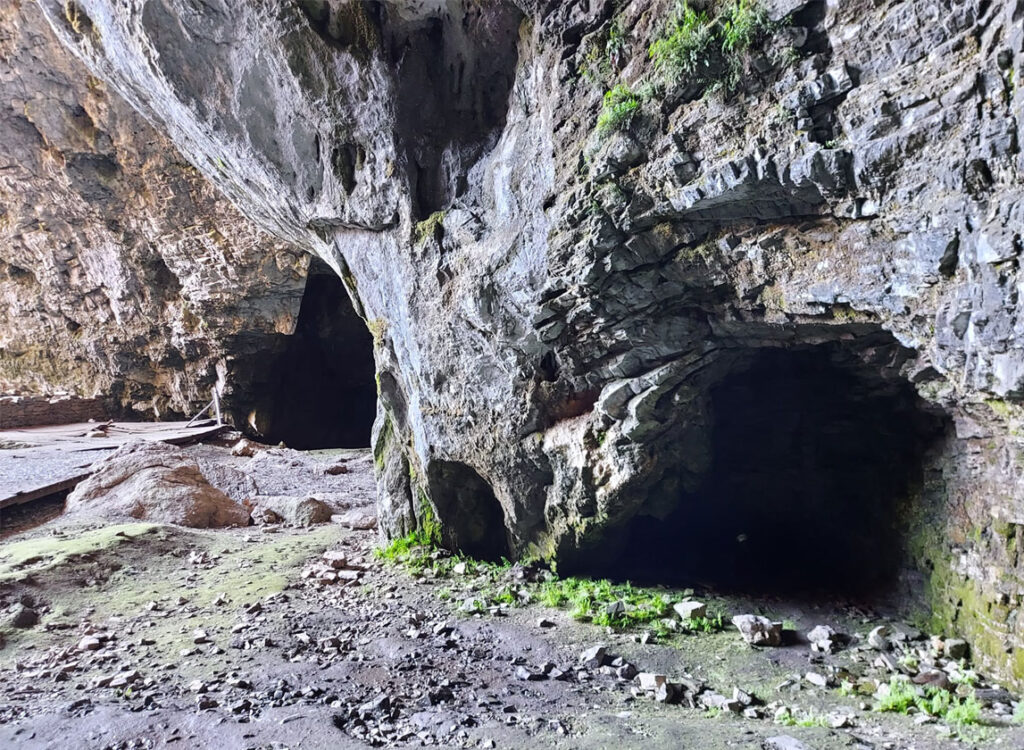
Once a year, always on the same day, the blood spilled at Zeus’s birth boils and a blazing fire erupts from Zeus’s cave. The Cretan Keleus and his companions wanted to steal honey from the sacred cave, where both gods and mortals are strictly forbidden to enter. In order to get hold of the honey, the thieves put on a bronze body armor. As soon as they stepped into the cave and saw Zeus’ blood and diapers, their body armor melted.
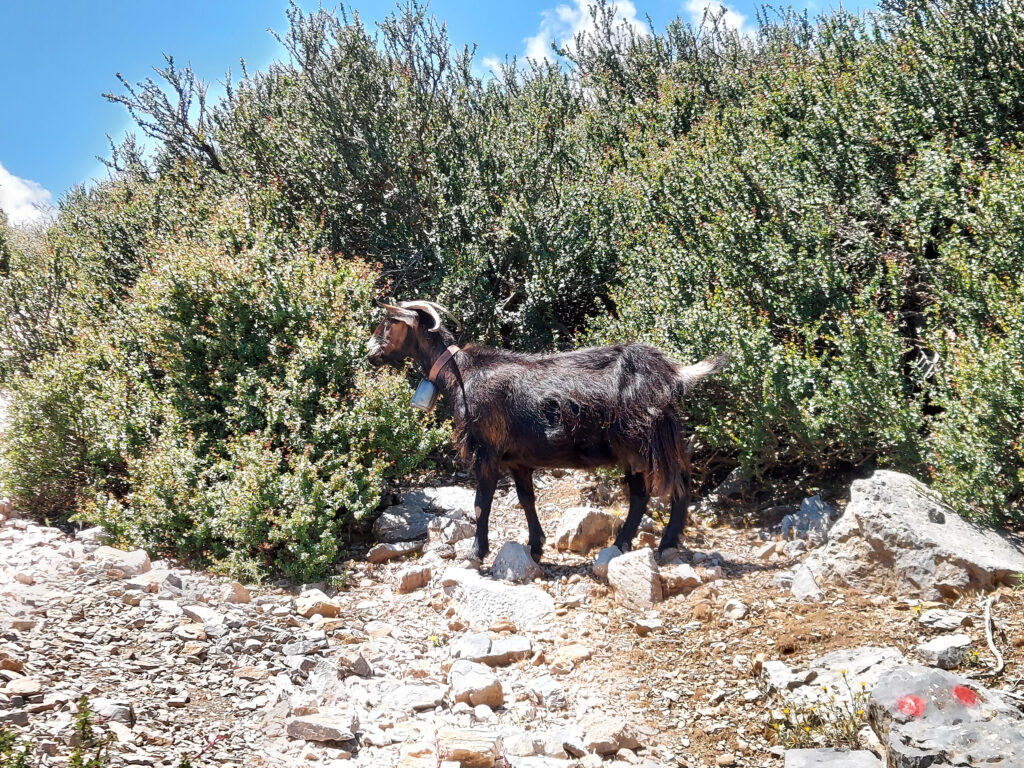
Growing up, Zeus was fed honey and milk from the goat Amalthea.

Ida cave is not of major speleological importance, but it has been used for religious ceremonies since the Neolithic period. Thanks to the writings of Pindar from the 5th century B.C. and numerous archaeological remains, today we know that the Ida cave was the sanctuary of the god Zeus, in whose honor the local population performed rites of animal sacrifice.
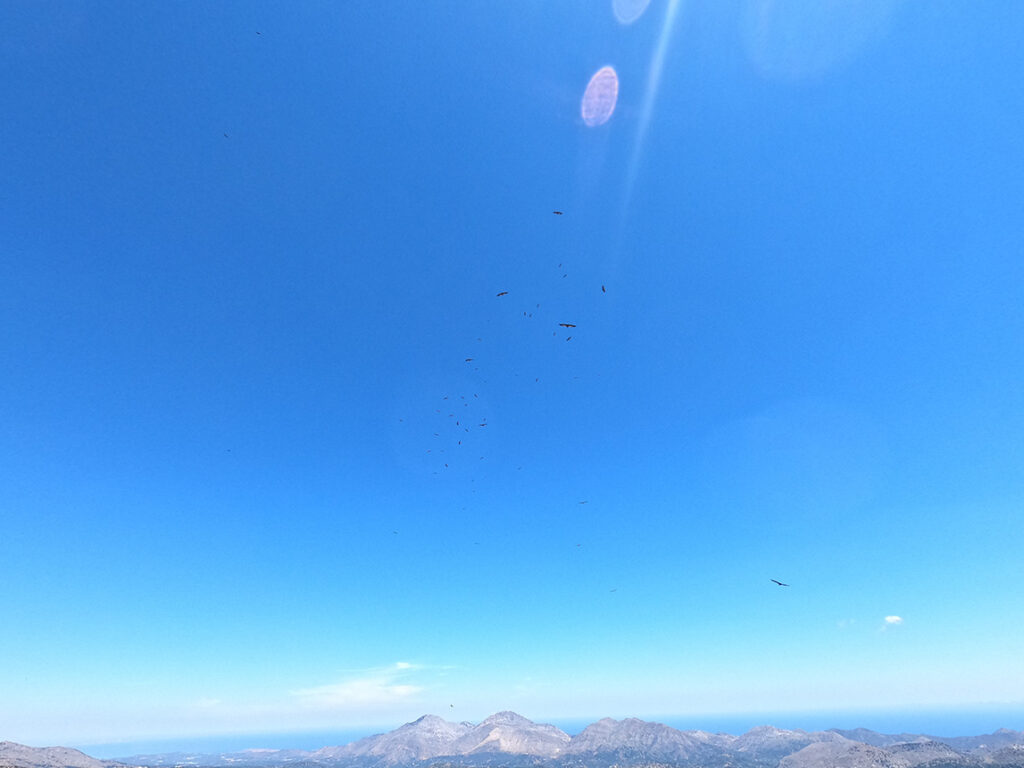
Little Zeus wanted to fry them instantly with lightning. The nymphs, however, prevented him from committing the murder in the sacred cave, and the thieves were turned into birds.

Crete is the place with the largest population of griffon vultures, numbering over 1000 individuals. They nest in rocks and feed on the carcasses of other animals. Vultures are grouped in flocks of twenty individuals.
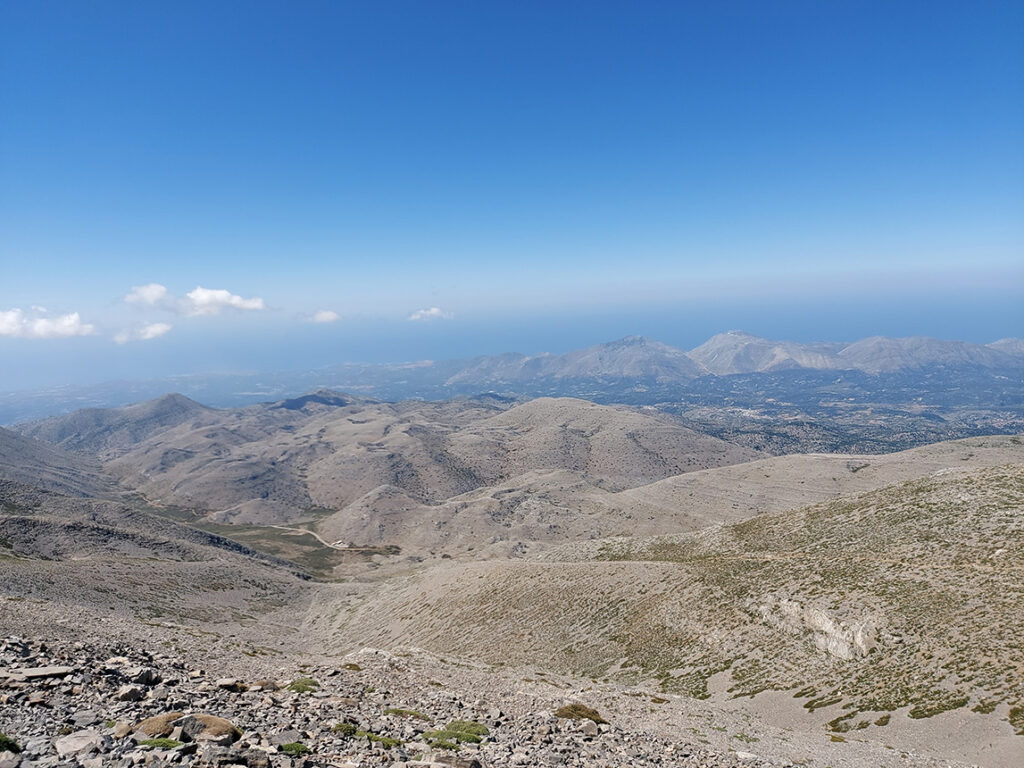
The winds of Ida also whisper the legend of the abduction of Europe. Europe was the beautiful daughter of a Phoenician king. She loved to walk along the sea shore and pick flowers. One day, Zeus noticed her and fell fatally in love with her. He wished at once to abduct her by deception and took the form of a white bull. Enchanted Europe climbed onto his back, and the white bull rushed into the sea, moving further and further away from the Phoenician coast. Zeus’s brother Poseidon assisted in the abduction by harnessing horses to his sea chariot, galloping through the waves towards Crete, clearing behind him a path through the sea through which the white bull with weeping Europa passed. The Phoenician princess bore him several sons. One of her sons is Minos, the future king of Crete. The continent of Europe was named in honor of a Phoenician princess, and Crete is the place where the first European civilization arose.
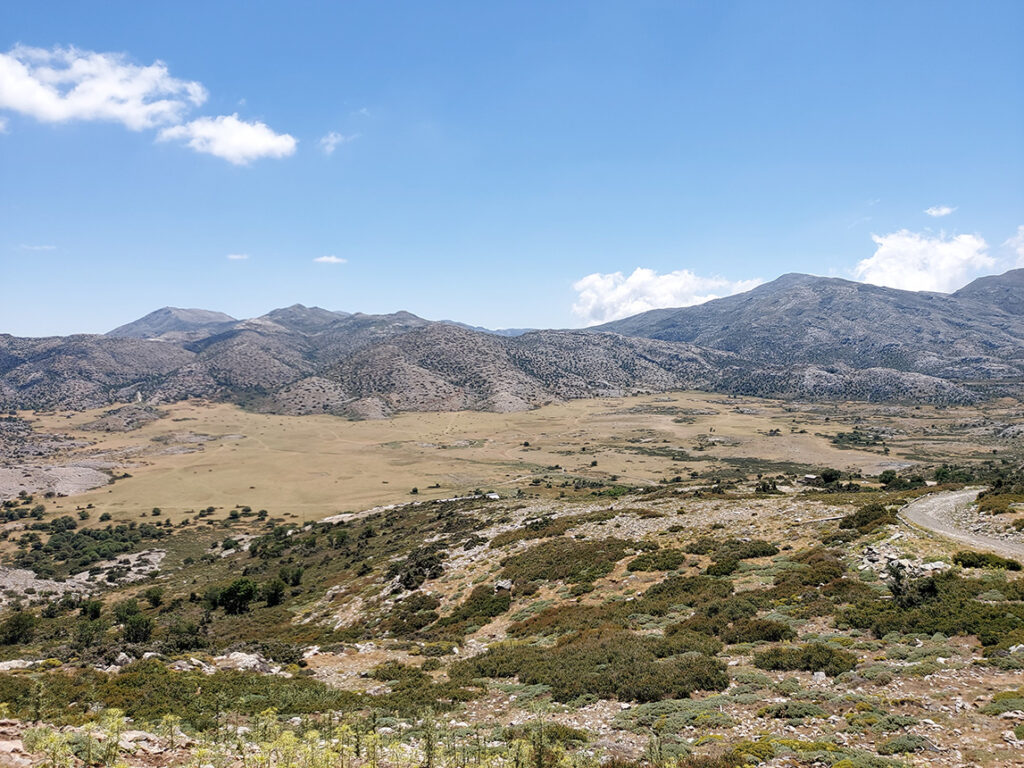
Ida can be climbed from several directions. Most often, the climb starts from the Nida plateau, considered the highest plateau in Crete located at 1400 m above sea level. In addition to Nida plateau there are three other plateaus: Omalos, Lasithi and Mesare.
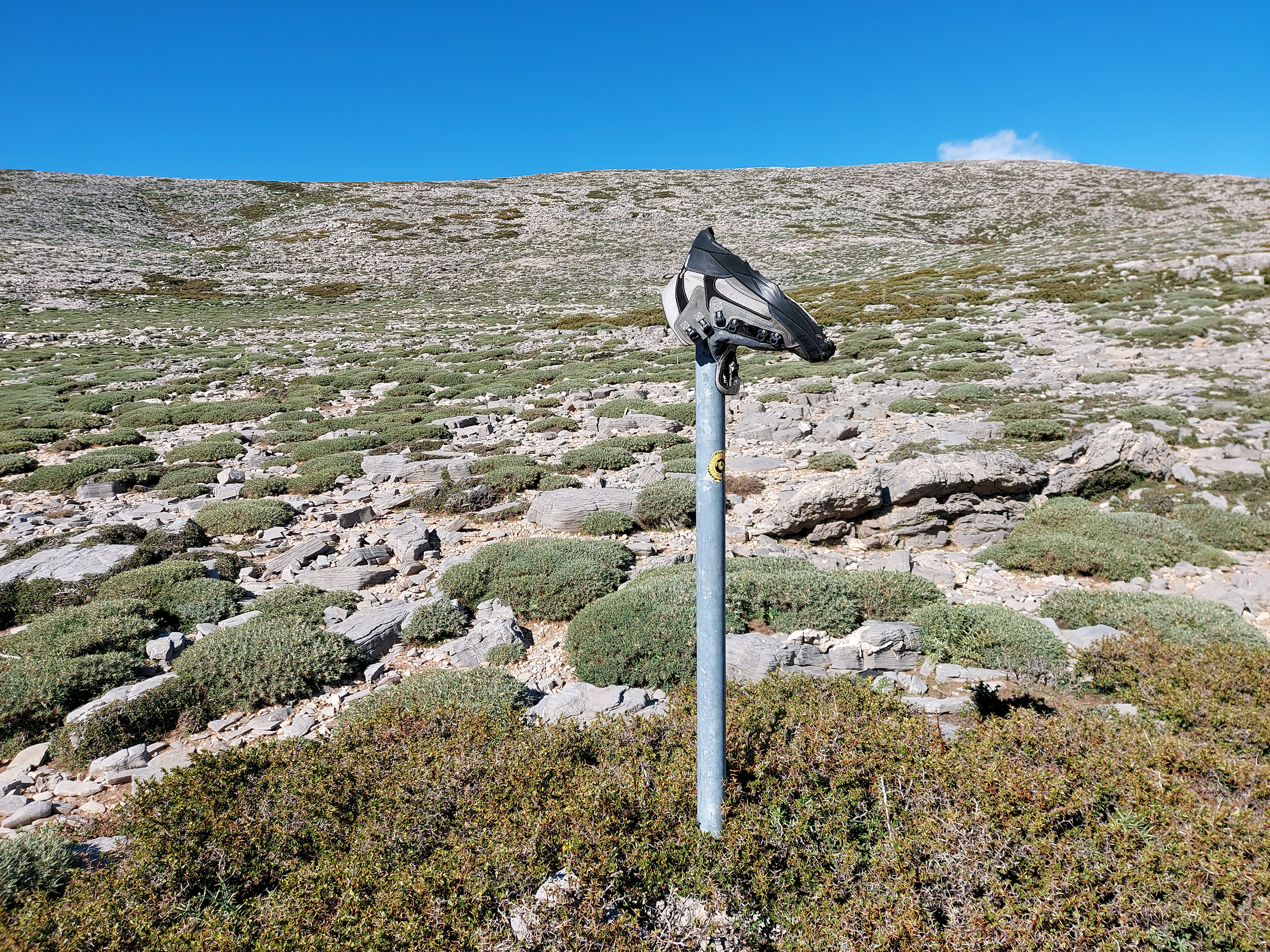
The E4 – European pedestrian route passes through Ida. All trails are well marked and regularly maintained.
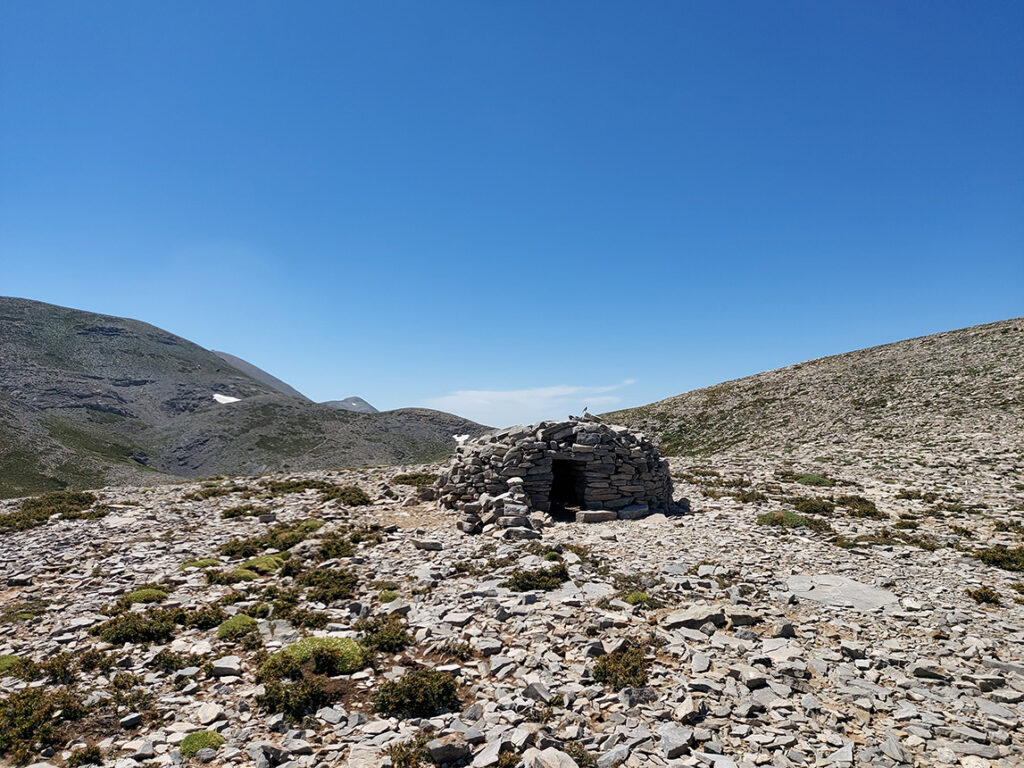
On the plateaus and slopes of the mountains of Crete, you can see mitati – small stone shelters. The first mitates were built in the neolithic period. Shepherds inhabit them during the summer months, while the cattle are grazing. Mitates are built of stone blocks, stacked one on top of the other, without binding each other with mortar. The roof is flat and built of wooden beams, over which stones are stacked. Shepherds made cheese in mitates: they filled cauldrons with mixed sheep’s and goat’s milk and lit a fire, although there were no windows in mitates, but only hollows between stone blocks through which smoke escaped. They stored cheese in special chambers, something like a natural refrigerator. Air constantly flowed through the slits between the stacked stones, which helped the cheese dry.
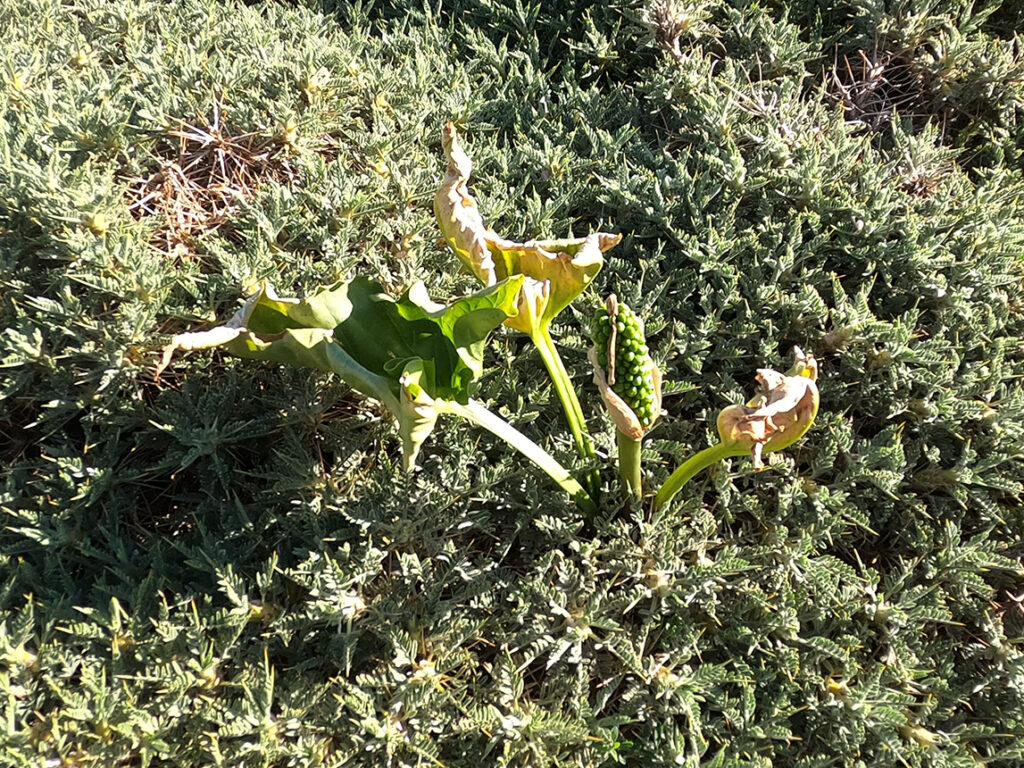
At this stage of the plant’s development, it is difficult to determine which type of Arum it is. On Ida mountain itself, an endemic species of Arum grows – Arum idaeum.

Ida was the scene of an interesting covert operation during World War II. In April 1944, the British secret service SOE organized an operation to capture the German commander of Crete, General Heinrich Kreipe. British agents and local Greek partisans kidnapped Kreipe near Knossos. For over twenty days, they hid him in the recesses of Mount Ida, until they landed on the southern coast, where they were met by a British ship that took the general captive to Egypt. The aim of the operation was to deceive the Germans that the Allied landings would take place on Crete. Shortly after this action, the Allies landed in Normandy.
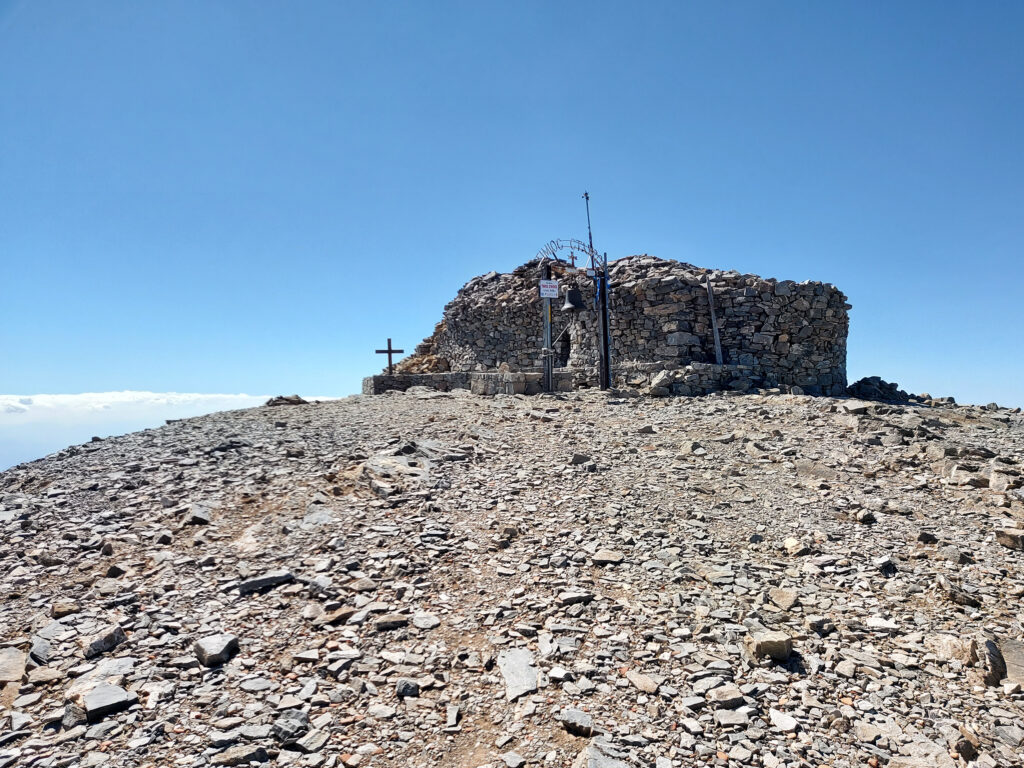
On the top of Mount Ida, which is called Psiloritis, there is the Timros Stavros chapel, which translates as “Holy Cross”.
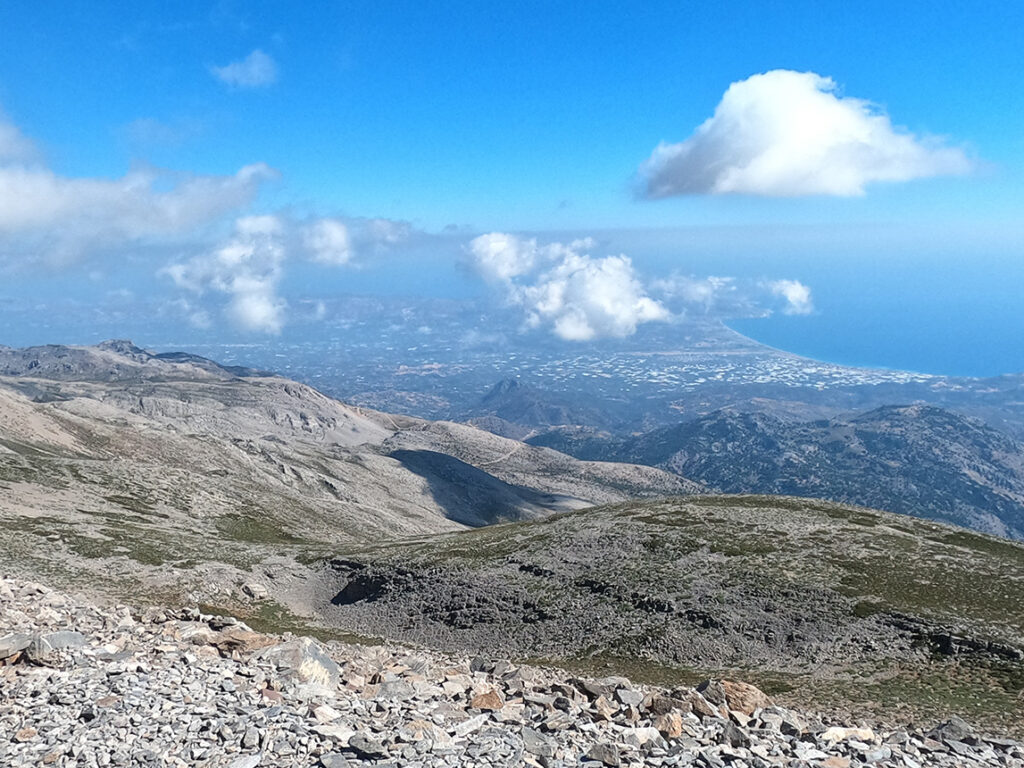
From the top of the Ida you can see almost the whole of Crete. To the north is the Aegean Sea.
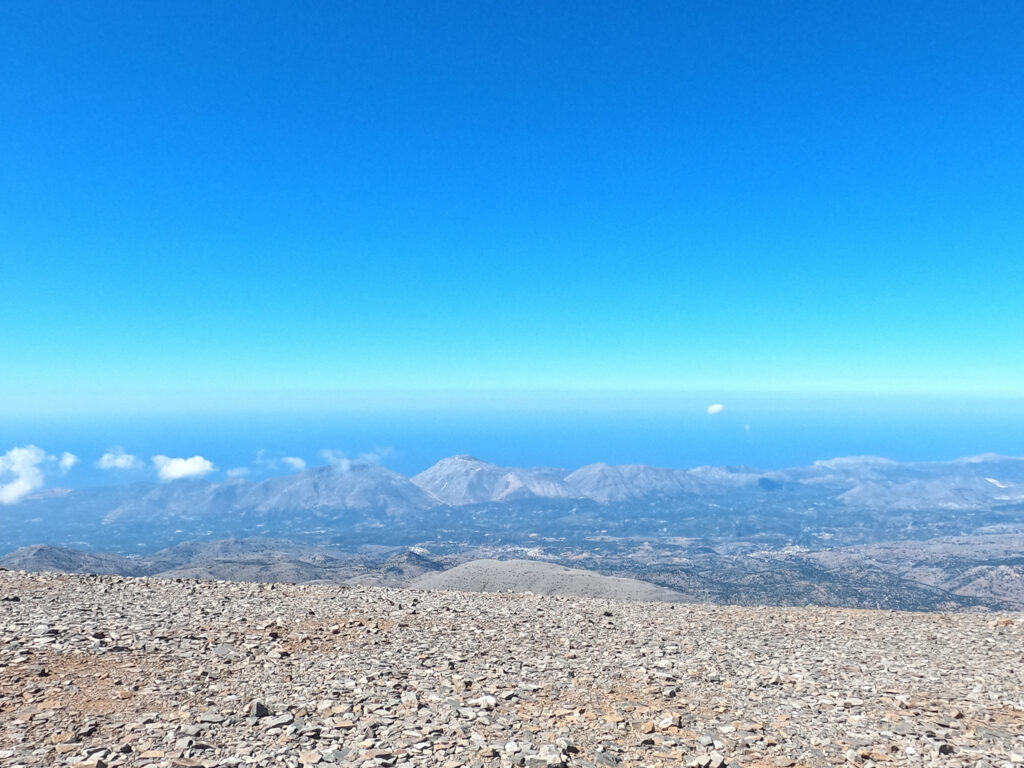
To the south is the Mediterranean Sea, and the Greeks also call it the Libyan Sea.

The Samaria Canyon in Crete is a remarkable natural formation characterized by steep descents, unique rock formations, and diver
Read More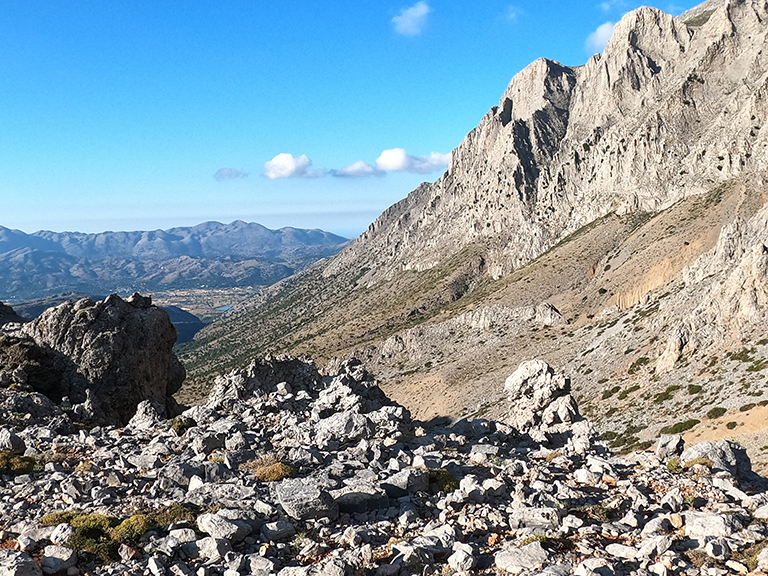
Mount Dikti, a lesser-visited mountain in eastern Crete, offers a unique hiking experience with its limestone composition and mo
Read More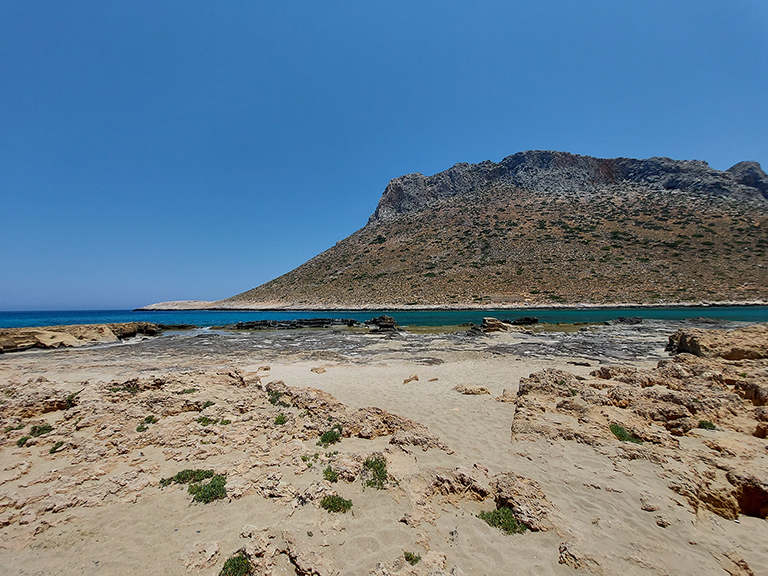
Stavros town, located near Chania town, is famous for its Zorba the Greek beach, which gained popularity after the 1964 movie &#
Read More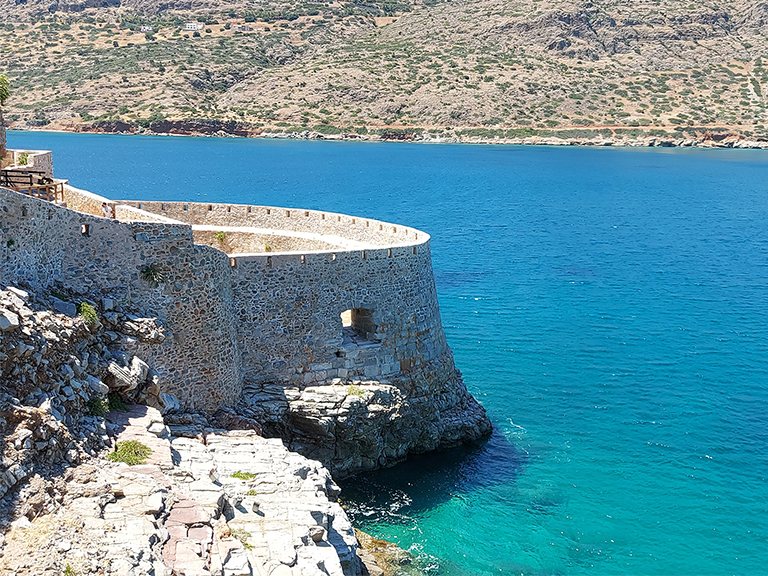
Spinalonga is a Venetian fortress built in the 16th century on a small island in the Gulf of Elounda, Crete. The fortress was bu
Read More
Agios Rumeli is a picturesque seaside town on the coast of the Mediterranean Sea in Crete. The town is a home to several hiking
Read More
Reviews
Great